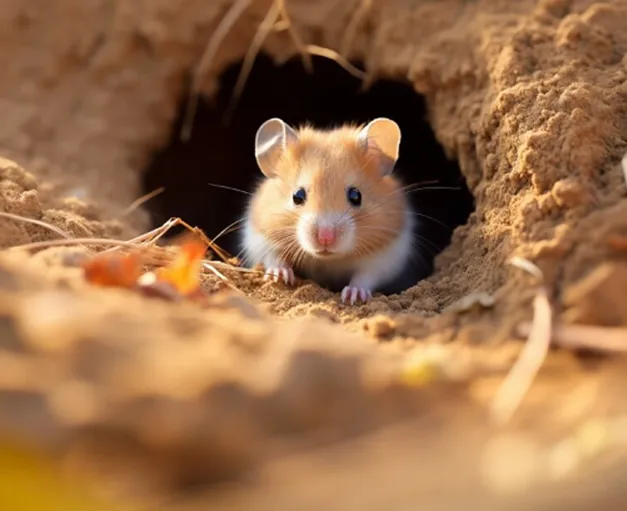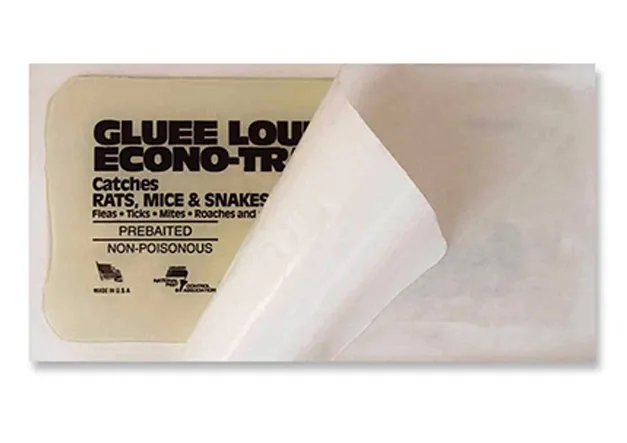Mouse trap is one of the methods used to reduce or control this population. Mice are rodents that pose a threat both in terms of health and economy. These rodents can reproduce very quickly and cause serious damage in the areas where they live.
Mouse traps are frequently preferred due to their effectiveness in combating this species. These traps physically capture mice, and there are many different types of traps available. When combating this rodent species, the selection and placement of traps should be carefully considered. Mouse traps are crucial for pest control.
Sticky Mouse Trap
Mice cause damage in workplaces, homes, and agricultural areas, posing risks to both health and the economy. In addition to their rapid reproduction, they carry harmful bacteria and cause food contamination, making their control essential.
Traps are commonly used to combat this pest species, aiming to physically capture the rodent. Traditional traps frequently used and preferred include:
- Spring mouse traps: A classic method that works with a spring mechanism, ensuring the mouse is quickly caught and killed.
- Electronic mouse traps: A modern device that kills the mouse through an electric shock.

When setting up these traps, there are several points to consider. Proper attention to these factors will ensure the rodent population is controlled. The most important factor when setting traps is their correct placement.
Another commonly preferred method is the sticky mouse trap. The key feature of this type of trap is that it does not use chemicals. The rodent is caught using sticky surfaces and then disposed of.

Advantages of sticky mouse traps:
- Chemical-free: This feature makes it safe for humans and pets.
- Environmentally friendly: Since no chemicals are used, both the environment and human health are protected.
- Simple setup: These traps are very easy to set up and place in areas where rodents frequent.
- Widely used: This type of trap is often used in homes, warehouses, and food businesses.
Ethical concerns: Sticky traps capture the animal alive, which raises ethical concerns for some. However, the lack of chemicals makes these traps an important option.
How to Use Mouse Traps?
When used correctly, mouse traps are highly effective and are a preferred method for controlling the population.
Trap selection is another important criterion. Where the traps are placed and which type of trap is chosen depend on the size of the area and the extent of the rodent problem. Sticky traps are generally preferred in smaller areas, while electronic traps are more effective in larger spaces.
The question “How do you catch a mouse?” is often asked. The placement of traps is crucial in combating this species. To be effective, these traps should be set along mouse paths. Since mice typically move along the edges of walls, traps should be placed along these areas.
Mice also tend to move towards kitchens and storage areas in search of food, so traps can be placed in these areas as well.
How to Use Sticky Traps?
Sticky traps should be regularly checked once placed. Additionally, it is recommended that traps be placed in areas sheltered from the wind and where rodents are frequently active. If the sticky surface has been used for a long time, it should be cleaned at regular intervals.
Sticky mouse traps are among the most frequently used trap types because they catch pests without using chemicals, thus avoiding harm to the environment and human health.
For more information about mouse traps and their features, you can contact Kapar Organik.
Frequently asked questions about mouse traps:
The most effective methods for controlling this species, which is commonly encountered in homes, workplaces, and fields, are traps.
Mice usually move along the edges of walls or in areas where food is present. They can be caught using traps placed in these locations.
Mice can be easily drawn out of hiding with traps or rodent stations, which contain bait with scents and flavors that attract them.
